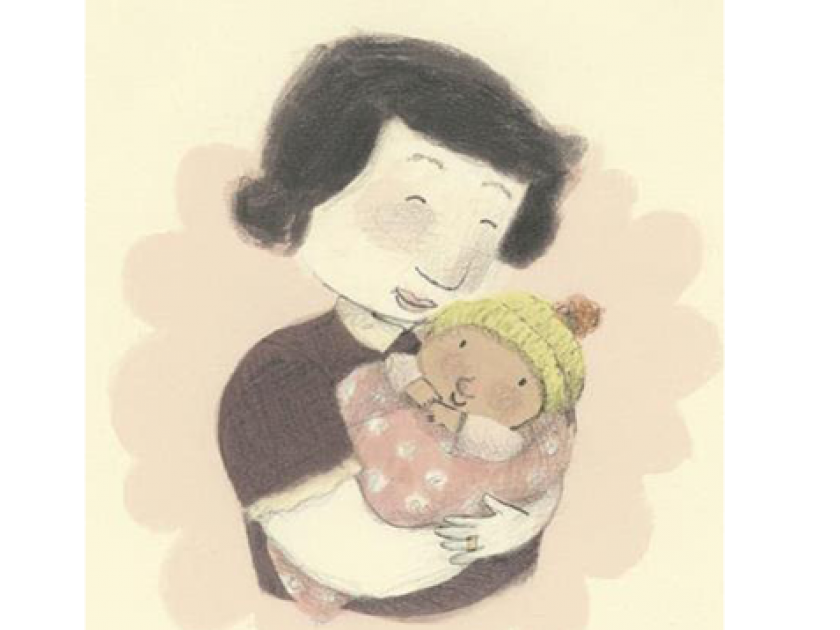
Michelle Edwards, author of A Hat for Mrs. Goldman, will be guest blogging this week for the Jewish Book Council as part of the Visiting Scribe series.
“Why did you make Sophia Latina?”
That’s a question I have been asked several times in interviews about Sophia Hernandez, the protagonist in my newest book, A Hat For Mrs. Goldman. At first, I was surprised by that question. I hadn’t thought about why I made Sophia Latina. I just thought of her that way. Why wouldn’t I? Why wouldn’t Sophia be Latina or Hmong or from the Congo like many of the students my husband now works with at our local high school? They are here. They live with us. Our lives intersect, and at that intersection is a story. Why wouldn’t Sophia be a character in my books?
Still, I know why I am asked that question. But equally important, I think, to having a diverse character, is the depiction. The roundness and believability of that character. If I had been asked about that, how I was able to make her universal in her needs and wants, I would have a very different answer. It turns out that although I have always been interested in creating books that show diversity, I didn’t always understand what that meant. Many years ago, when I was working on La Pa Lia’s First Day, the first book of my Jackson Friends series, I had a chance to read an early draft to a small group of St. Paul school kids. The kids were part of Meera’s class — my oldest daughter — and included her Hmong friend, Kabo. In the ways that we share our lives with our school buddies, Meera told Kabo that I was writing a book about a Hmong girl. At that time, there were no children’s books with Hmong characters. Before I met with the group, I knew Kabo was anxious for my story. I had not really understood until I saw her anticipation that I was about to disappoint her. As I read my draft, I realized I had created a flat, almost folktale character. How had I missed that? After, I would change Pa Lia, make her worthy like Kabo. When I wrote A Hat For Mrs. Goldman, I knew that Sophia was Latina. I didn’t worry about her worthiness because I had learned a great lesson from writing about Pa Lia. I knew I could get Sophia right if I listened to her story, and followed her emotionally.
Of course, Americans need diverse books. We need to read about Pa Lia’s first day of school worries and Sophia’s relationship with Mrs. Goldman. We need the everyday in our books to reflect our everyday world. That means we also need diverse books for our young Jewish readers. Our Jewish communities are diverse, and our world, our country, our towns, and the neighborhoods we live in are diverse. We need books that tell all our stories and show us how we all connect.
That’s why Sophia is Latina.
Michelle Edwards is an award-winning author and illustrator of many books for children, one book for adults, and nearly one hundred essays for knitters. Her stories are about family, friendship, and community. They chronicle the large and small victories and defeats of everyday life. Michelle frequently shares her paintings and thoughts on Instagram, Facebook, and her website.